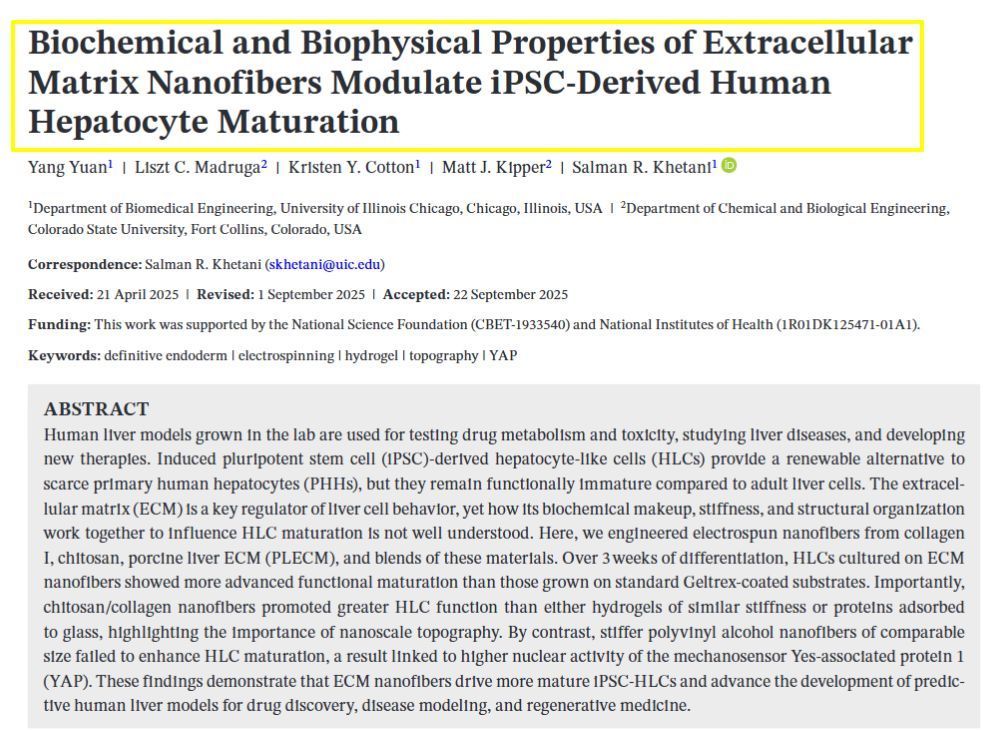Tissue Types in Histology: Epithelial Tissue, Connective Tissue, Muscle Tissue, Nervous Tissue
Histology is the study of the microscopic structure of tissues, which are integral in forming the various organs of the body. Four primary types of tissue are fundamental to understanding human anatomy and physiology, each with distinct structures and functions.
Epithelial Tissue
Epithelial tissue forms the protective outer layer of the body and lines the surfaces of organs and cavities. This tissue is involved in functions such as secretion, absorption, and filtration. The cells are tightly packed, with minimal extracellular matrix, and are arranged in sheets. Epithelial tissue is also classified by the shape of cells and number of layers, including simple (one layer), stratified (multiple layers), squamous (flat), cuboidal (cube-shaped), and columnar (tall).
Connective Tissue
Connective tissue supports, binds, and separates other tissues and organs. With a variety of functions, it is characterized by an abundance of extracellular matrix, which is a network of proteins like collagen, and often includes reticular fibers. Types of connective tissue include vascular tissue such as blood, which transports oxygen and nutrients, and lymph, a key component of the immune system. Other types, such as bone and cartilage, provide structural support.
Muscle Tissue
Muscle tissue is responsible for producing movement, both voluntary and involuntary. There are three types of muscle tissue: skeletal muscle, which is attached to bones; cardiac muscle, found only in the heart; and smooth muscle, located in walls of internal organs. Muscle fibers contain contractile proteins that enable the contraction and relaxation of muscles, essential for movement and bodily functions.
Nervous Tissue
Nervous tissue is the main component of the nervous system, consisting of the brain, spinal cord, and peripheral nerves. It contains neurons, which are specialized to transmit electrical signals, and supporting glial cells. This tissue is crucial for controlling and communicating information throughout the body, thus playing a pivotal role in regulating bodily functions and responding to stimuli.



